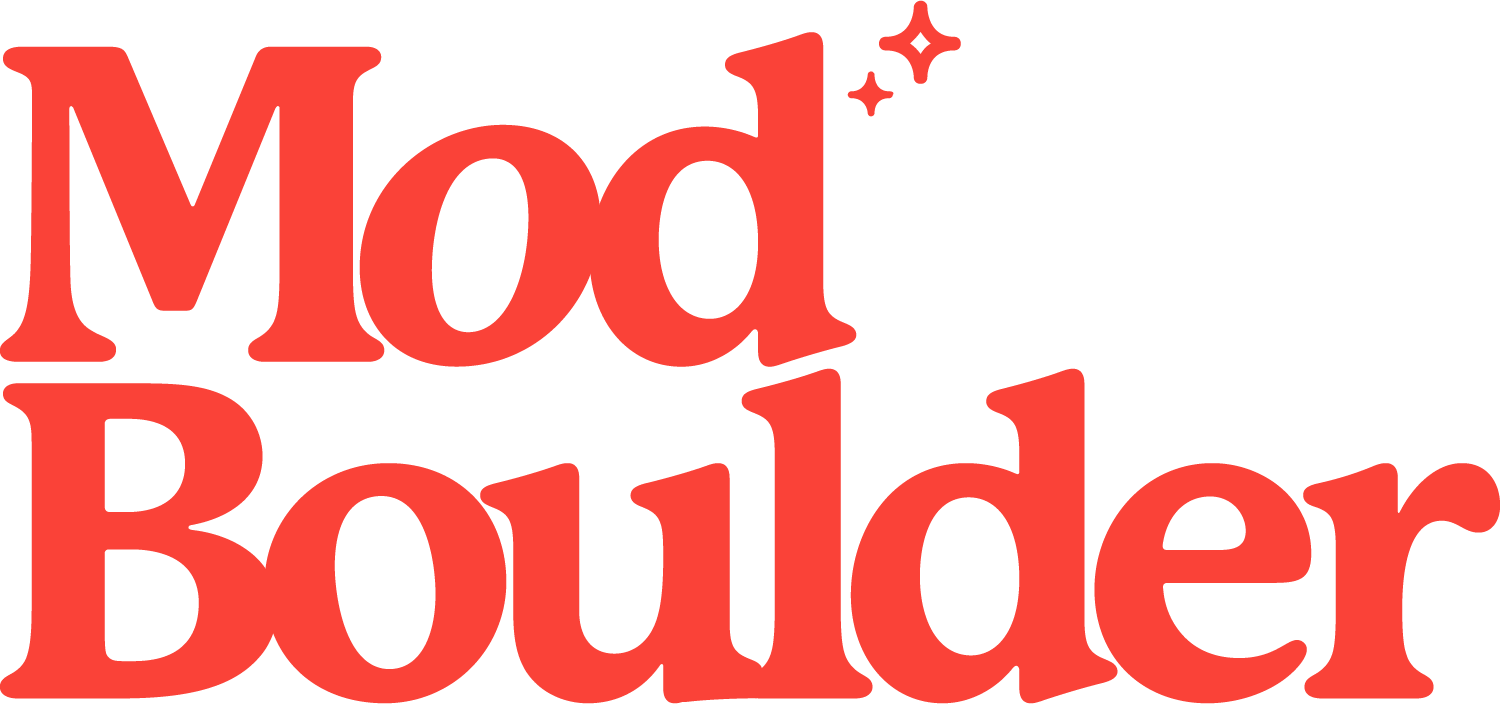Caffeinate Your Sales Price
It’s no secret: when searching for a new home, potential buyers want certain boxes checked, like number of bedrooms, school district, square footage, etc. But a box that’s recently been added to the homebuyers’ checklist is a roasted and aromatic one: proximity to a coffee shop.
This 21st-century phenomenon, known as the Starbucks Effect, has a very real—and very positive—effect on home values, helping homeowners maximize their real estate investment when it’s time to sell. (Now, before you throw your artisanal Boulder latte in my face, know that I didn’t name this phenomenon.)
According to a Reuters interview with Stan Humphries, chief economist at Zillow, “Coffee houses emerged early on as a big predictor of future home value. Within a quarter mile, close enough to smell the coffee brewing, that ring appreciates faster than rings further out.”
Reuters goes on to state that Humphries’ data shows, “Over 17 years tabulated by Zillow, leading up to 2014, homes adjacent to the local Starbucks almost doubled in value, up by 96 percent. Those further out appreciated by 65 percent over the same period.”
I’ll toast my Venti Frappuccino to that.
But let it be known: not all java is created equal. Researchers at Zillow compared listings near Starbucks storefronts to those near the more blue-collared Dunkin’ Donuts. Listings near DD also outperformed the wider market, rising 80 percent over 17 years, but they fell behind properties that orbited a Starbucks storefront.
And neighborhood gentrification doesn’t stop at coffee shops. Researchers have discovered that other storefronts can have an equally—if not more—powerful influence over real estate values. High-end specialty grocers, for example, can boost a home price by almost 18 percent, according to Johnson Economics, a west coast real-estate consultancy. Using this logic, the Starbucks Effect may’ve been more accurately coined the Whole Foods Effect.
Of course, this whole scenario begs the chicken-or-the-egg question: Are coffee shops and high-end grocers actively boosting home values, or are the already popular chains choosing prime neighborhoods to land in, where there’s already a real-estate upswing?
Voted as one of America’s hottest up-and-coming coffee cultures by Expedia, Boulder boasts its fair share of caffeinated cafes, from the bustling and iconic Starbucks to the quieter mom-and-pop shop. Alongside our town’s penchant for percolation is our good taste in groceries. With a flagship Whole Foods, two Lucky’s Markets, Alfalfa’s, Peppercorn and a host of others, it’s needless to say that our enjoyment of the finer things in life is having a positive effect on our real estate prices.
Do people specifically search out neighborhoods containing a local coffee shop or grocer when looking for a home? If they don't, maybe they should. The old real-estate adage of “location, location, location,” may soon be replaced by its 21st-century counterpart, “java, java, java.”

